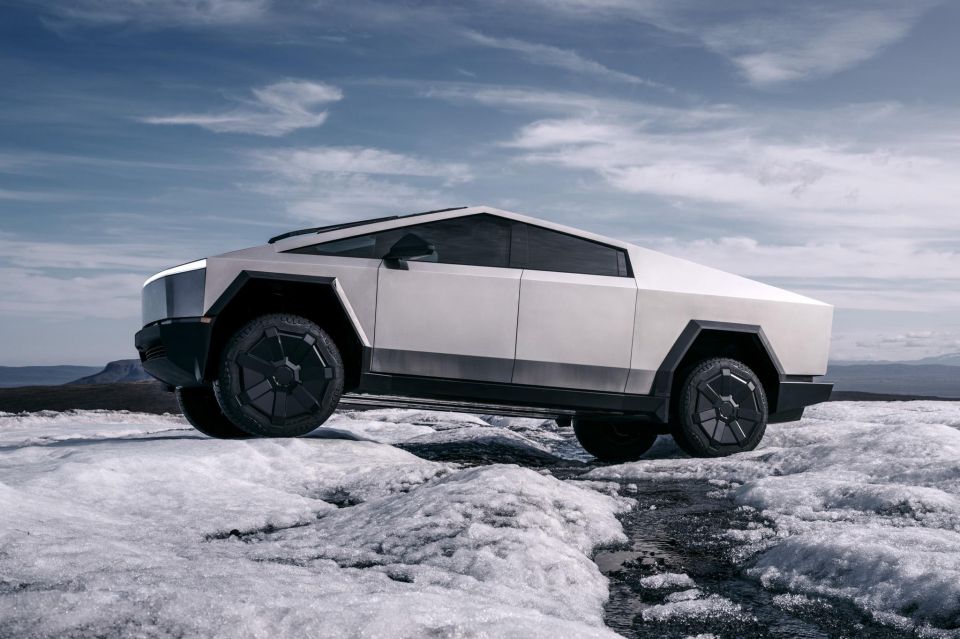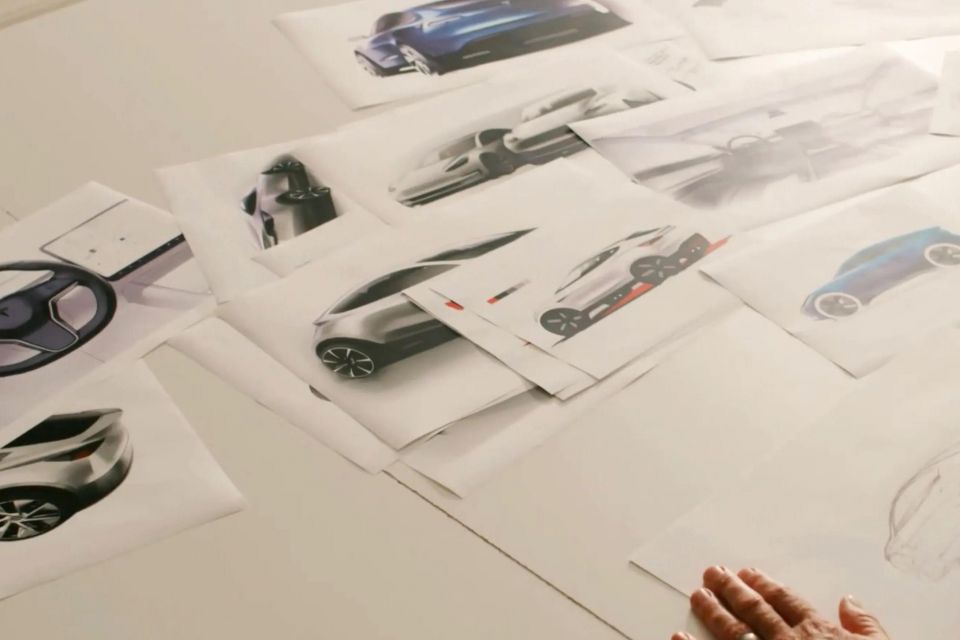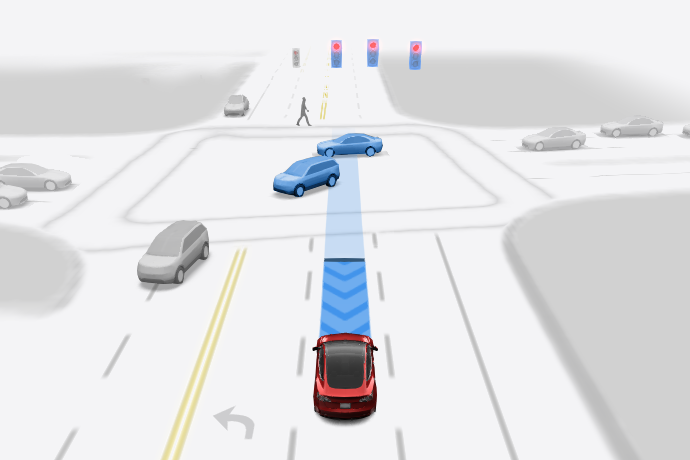

Neil Briscoe
2026 Xpeng G6 AWD Performance review: Quick drive
4 Days Ago

Contributor
The long-awaited Tesla robotaxi may have been teased by the electric vehicle (EV) specialist for the first time, less than three months before the autonomous car is set to be revealed.
A video uploaded by Tesla to social media platform X – formerly Twitter – shows a brief shot of an interior design we haven’t previously seen, with front seats but without a steering wheel in front of them.
Tesla is set to reveal its robotaxi on August 8.
Based on previous reports, Tesla’s robotaxi – rumoured to be called ‘Cybercab’ – won’t have a steering wheel as it’s being designed as a solely autonomous vehicle, removing any controls which can allow its human occupants to take over.

One interior image also shows the front seats are effectively one unit, separated only by a fold-down armrest, akin to a classic bench seat rather than the two individual seats found in almost all modern vehicles.
Later on in the video, we’re shown the basic concept structure of what’s understood to be the robotaxi – though there appear to be two separate front seats. It’s possible this is Tesla’s take on the old-school split bench.
Curiously for a taxi, there don’t appear to be any rear seats.
While we haven’t seen anything regarding the robotaxi’s exterior design, a biography about Tesla CEO Elon Musk – published last year by Walter Isaacson, who spent two years around the executive – has previously claimed it will look more like the Cybertruck than the volume-selling Model 3 and Model Y EVs.
“At a design review session one afternoon in February 2023, [Tesla head designer Franz] von Holzhausen put models of the robotaxi and the [US]$25,000 car next to each other in the studio”, an excerpt from Mr Isaacson’s Elon Musk biography reads.

“Both had a Cybertruck futuristic feel. Musk loved the designs. ‘When one of these comes around a corner,’ he said, “people will think they are seeing something from the future.’”
While Mr Musk said in April 2022 the robotaxi would enter mass production in 2024, it’s unclear whether it will meet that deadline based on previous timing between Tesla’s flagship model reveals and the first examples being built.
The Tesla Cybertruck was first revealed as a concept in 2019, and despite the brand’s intentions to start production as early as 2021, customer deliveries didn’t begin until November 2023.
Similarly, the Tesla Semi electric truck was unveiled in 2017 and deliveries were expected to begin in 2019, though the first mass-production examples didn’t join Pepsi’s fleet until December 2022.

The upcoming launch of the robotaxi also comes amid increasing scrutiny into Tesla’s semi-autonomous driving systems which are available across its core model lines.
In 2019, Mr Musk said there would be “over a million Tesla cars on the road with Full Self-Driving hardware” by the middle of 2020, capable of allowing the driver to go to sleep behind the wheel.
After first only being available to US ‘beta’ testers in September 2021, Full Self-Driving (also known as FSD) became publicly available to all Tesla vehicles in the US capable of running the system in November 2022 – without road safety regulator approval.

Tesla markets Full Self-Driving – technically a Level 2 autonomous driving system, despite the name – as having the ability to accelerate, brake and steer the car itself, with the system claimed to be capable of navigating, changing lanes and following road signal directions.
Teslas with FSD were soon recalled in February 2023 due to concerns they weren’t adequately adhering to traffic safety laws, with an over-the-air update rolled out to resolve the failure.
FSD is still without regulatory approval in the US, despite its beta tag being removed in the back end of last year.
MORE: Tesla finally set to reveal robotaxi, claims Elon Musk
Where expert car reviews meet expert car buying – CarExpert gives you trusted advice, personalised service and real savings on your next new car.
Born and raised in Canberra, Jordan has worked as a full-time automotive journalist since 2021, being one of the most-published automotive news writers in Australia before joining CarExpert in 2024.


Neil Briscoe
4 Days Ago


Max Davies
3 Days Ago


James Wong
2 Days Ago


William Stopford
2 Days Ago


Josh Nevett
23 Hours Ago


James Wong
20 Hours Ago